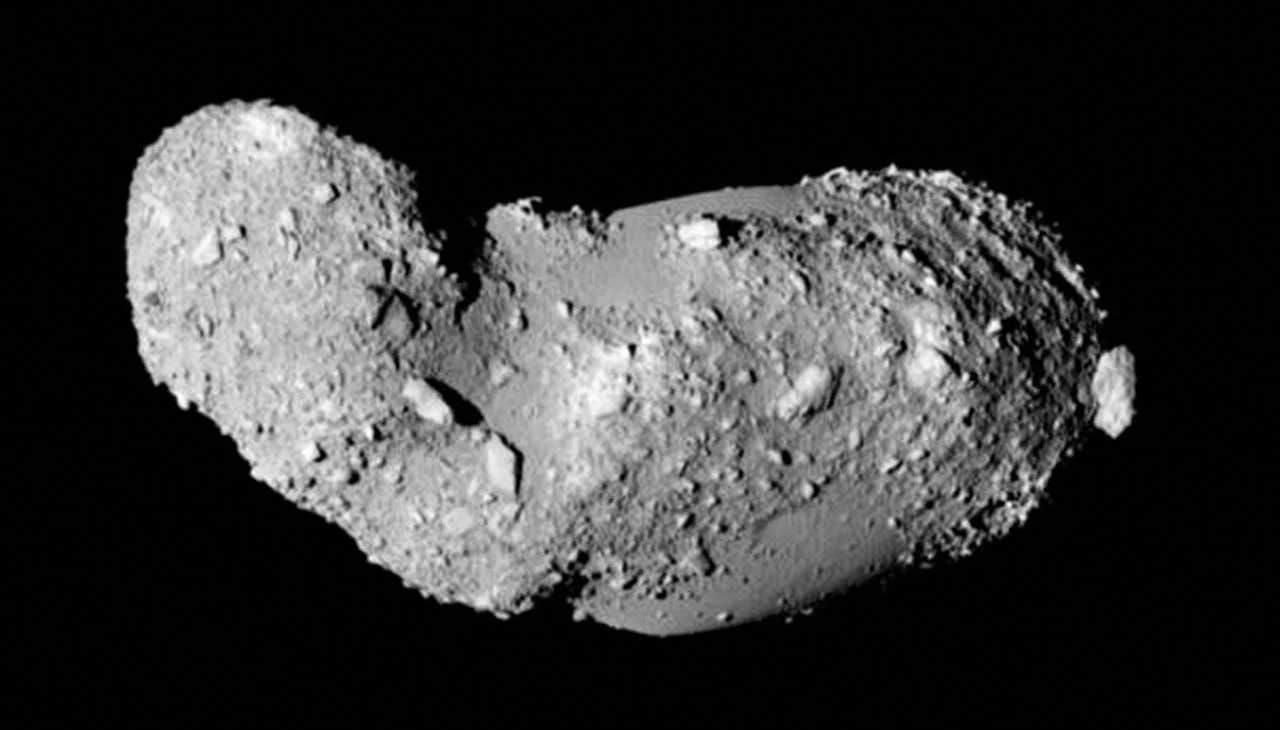Scientists solve the mystery of when and where wine grapes originated
The research team unearthed fossilized seeds from nine different species of grapes, ranging in age from approximately 20 million to 60 million years old.

The ancestor of Vitoid grapes, which eventually led to the commercial grape varieties cultivated today, likely originated in the New World around 60 million years ago. (CREDIT: CC BY-SA 4.0)
The ancestor of Vitoid grapes, which eventually led to the commercial grape varieties cultivated today, likely originated in the New World around 60 million years ago.
A recent study, co-authored by a University of Michigan researcher, suggests that these ancient grape relatives thrived in the tropical belt of the Americas and the Caribbean. This discovery provides new insights into the evolutionary history of grapes, which were previously thought to have a primarily Old World origin.
The research team unearthed fossilized seeds from nine different species of grapes, ranging in age from approximately 20 million to 60 million years old. These fossils were discovered in Panama, Colombia, and Peru, with the oldest specimens belonging to the subfamily Vitoideae—the same group that includes today’s commercial grapes.
According to U-M paleobotanist Mónica Carvalho, co-author of the study published in Nature Plants, the findings suggest that grapes have a far older and more complex history in the New World than previously understood.
Carvalho emphasized the significance of the fossil record in reshaping the understanding of grape evolution. “In excavating the fossil record in the New World tropics, we found seeds related to the grape family dating back 60 million years. This led us to revise the fossil record of grapes in the New World,” she said.
The oldest fossilized seed discovered closely resembles the ancestors of modern Vitoid grapes, indicating that this group has deep evolutionary roots in the Americas.
The study also highlights the intricate history of extinction and dispersal within the grape family. While some groups, such as the genus Leea and species of the tribe Cayrateae, now exist only in Southeast Asia and the Indo-Pacific, fossil evidence reveals that they once thrived in the New World for an extended period before becoming regionally extinct.
This suggests that global climatic shifts and ecological changes played a significant role in shaping the modern distribution of grape species.
One of the most pivotal events in this evolutionary history occurred around 66 million years ago, at the end of the Cretaceous Period, when a massive asteroid impact led to the mass extinction of dinosaurs. Carvalho explains that this catastrophic event also wiped out large portions of the preexisting forests in the tropical regions of the Americas, fundamentally altering the landscape and setting the stage for new ecological developments.
Related Stories
In the aftermath of the asteroid impact, rainforests regenerated and became hotspots for the diversification of many modern plant and animal groups. These new ecosystems provided an environment for the ancestors of Vitoid grapes to evolve and spread.
By analyzing fossils from this period, Carvalho and lead author Fabiany Herrera, a paleobotanist at the Field Museum of Natural History in Chicago, have been able to reconstruct how plant life, including grapes, adapted to the changing world.
“Within these early neotropical rainforests, we find the earliest record of Vitoideae, indicating that the lineage of grapes dates back to the origin of the first neotropical rainforests,” Carvalho said.
Herrera says the discovery is important “because it shows that after the extinction of the dinosaurs, grapes really started to spread across the world.”
The grape family has an extensive fossil record that predates the Cretaceous extinction event, Carvalho says. The oldest grapes go back to the age of dinosaurs and were found in India. Seeds from these plants may have been borne by animals to the New World.
“The diversification of birds and mammals following the end-Cretaceous extinction could have aided in the dispersal of their seeds,” Herrera said.
Carvalho says their study fills in the history of grapes in the Americas and Caribbean.
“There was a significant gap in the fossil record of grapes after the extinction of dinosaurs. By about 50 million years ago, we see fossil grapes in North America and Europe,” she said. “At that time, when the planet was warmer, grapes had a wider distribution in high northern latitudes, but we didn’t know much about the history of this group in tropical latitudes. That’s where our work comes in.”
This study reveals the complex history of grape dispersal and extinction in the New World, highlighting the ancient origins and widespread distribution of grape ancestors long before they became the commercial varieties we know today.
This research not only revises the fossil record of grapes but also sheds light on the broader patterns of plant evolution and migration in response to major climatic and geological events.
Note: Materials provided above by the The Brighter Side of News. Content may be edited for style and length.
Like these kind of feel good stories? Get the Brighter Side of News' newsletter.
Joseph Shavit
Head Science News Writer | Communicating Innovation & Discovery
Based in Los Angeles, Joseph Shavit is an accomplished science journalist, head science news writer and co-founder at The Brighter Side of News, where he translates cutting-edge discoveries into compelling stories for a broad audience. With a strong background spanning science, business, product management, media leadership, and entrepreneurship, Joseph brings a unique perspective to science communication. His expertise allows him to uncover the intersection of technological advancements and market potential, shedding light on how groundbreaking research evolves into transformative products and industries.



